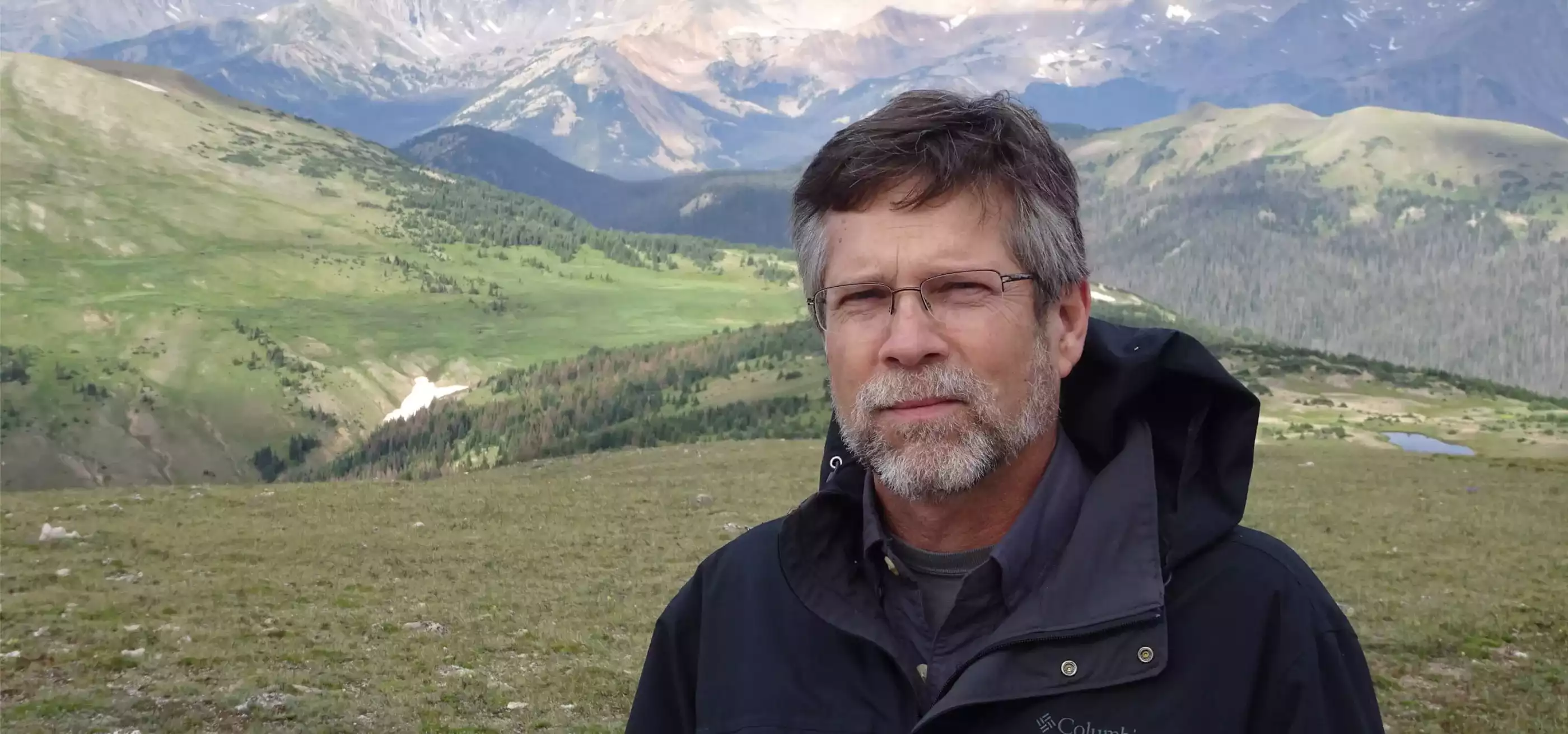Like many colleges, DigiPen offers a geography course.
That course, however, takes a very different approach than most, one uniquely tailored to the aspirations of DigiPen’s student body. “While they’re in my class, they’re actually developing maps, and those maps are actually board games,” says Dr. James S. Peet, adjunct instructor in the Department of Humanities and Social Sciences. “What I’m doing is providing the framework for students to be able to develop their own worlds after they leave DigiPen.”
Peet’s course, Geography and Cartography for Worldbuilding, takes its foundations in academic science and equips students to apply it toward artistic ends, something Peet himself is intimately familiar with. Before coming to DigiPen, Peet grew up around the world, living in six different countries. “Then when I was in undergrad, I took one geography class and that was it,” Peet says. That one class, he says, sparked for his love affair with the subject, which eventually led him to a Ph.D. in geography. His deep knowledge on the topic informed the writing of his sci-fi book series, Corps of Discovery, featuring a hero named Bill Clark who explores planets in parallel universes.
“A lot of people, when they think of geography, they think it’s just, ‘What is the capital of who cares?’ — to put it bluntly,” Peet says. “Geography is far more than that — it encompasses physical geography; geomorphology, or the processes that make up the land; and cultural geography, a really big component that’s been very overlooked in the gaming industry.”
To remedy that oversight, in one assignment Peet has students pick a map from a video game or board game of their choice and discuss whether it follows geographic and cartographic rules. “What is the art like, what is the science like? Also, what is the culture of the world based on? When you’re building your own country or world, you need to sit there and go, ‘What can I bring into this? From all these different cultures across this world I’m building, what would be the core of this culture?’” Peet says.
Before diving into physical or cultural geography at all, however, Peet spends the first five weeks introducing students to the science and craft of cartography, also known as map making. “If you look at any board game or video game with maps in it, there are usually good things and bad things about them,” Peet says. “We make sure students understand not only the art behind map making, but the data components behind it.”
Students get down to the nitty-gritty details of proper map making, everything from how to correctly label rivers to whether or not a compass or legend is required. For their first two assignments, students create three different kinds of maps. The first, mental maps, display the boundaries of increasingly larger territories (such as the city of Redmond, the greater King County, the United States, and the entire world) based on the students’ own preconceived perceptions of them. The second, reference maps, are maps that accurately reflect the location of something, like a road map found in an atlas. The third map, a thematic map, is a map based on a theme, often visualizing data.
After that, the curriculum takes a slightly more playful turn.
“The third and fourth map are the beginnings for a map for a board game I call Wyvern Pursuit,” Peet says. Inspired by the DigiPen Dragon mascot, Wyvern Pursuit is a game about chasing dragons. But beyond 10 specific attributes Peet requires the students include in their maps, the details and rules of the board game itself are left up in the air. During their first attempt, students only use their cartographic knowledge. The second draft of the Wyvern Pursuit map is assigned after students start learning physical geography and geomorphology. “There’s a huge difference between the two. They’re incorporating everything they’ve learned up to that point, and all of a sudden they’re producing maps that approach professional quality,” Peet says.
For their final project, students do achieve professional-quality Wyvern Pursuit maps, utilizing digital mapping programs for fantasy role-playing games like Dungeons & Dragons to create highly polished products. “The students can design the map the way they want it, but the parameters are that you have to go on this wyvern pursuit, all movement has to be either human- or animal-powered, and the scale has to be adjusted to meet the actual abilities of humans to walk or travel those distances,” Peet says.
Even though the applications are fictional, Peet hopes the concrete geographic and cartographic knowledge his class imparts will empower students to create deeper, more rigorously realized worlds once they’re out in the industry. By the end of the semester, Peet says he hopes students take at least one thing away from his class.
“Don’t make a lousy map!” he says with a laugh.
